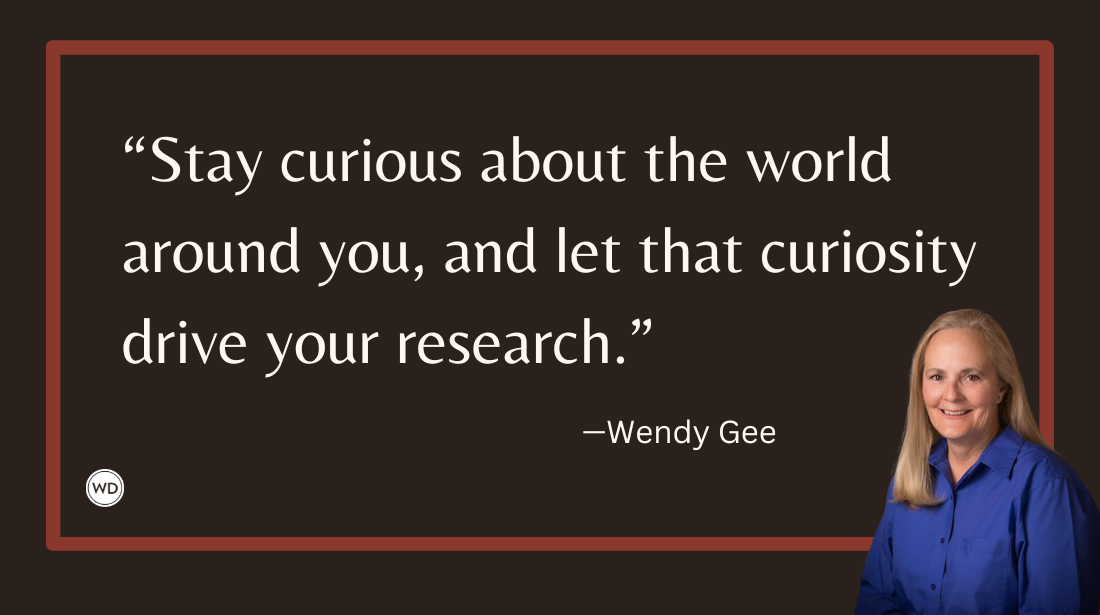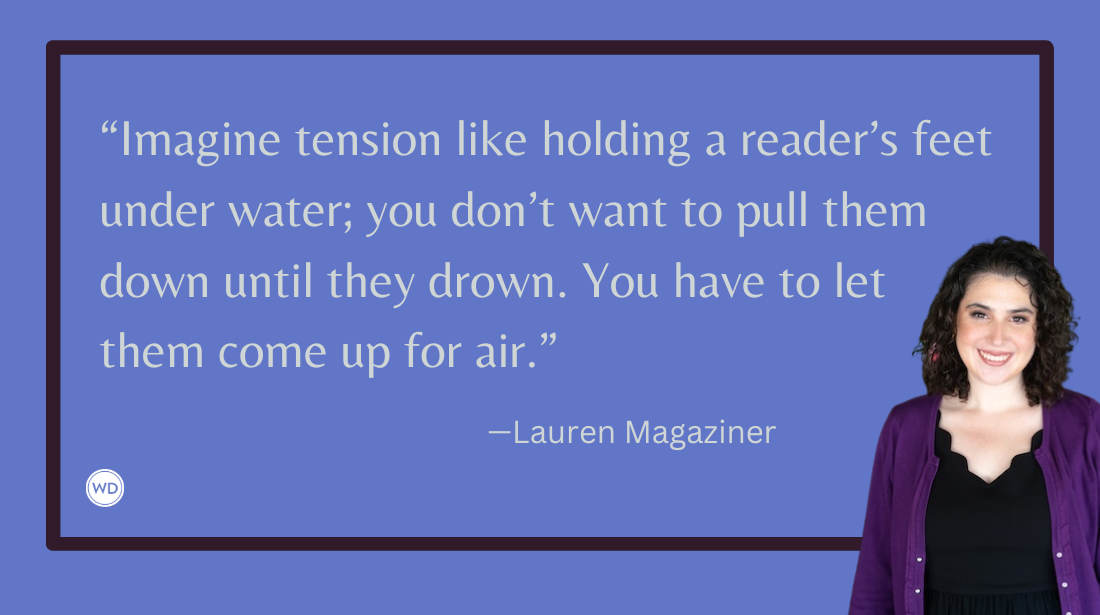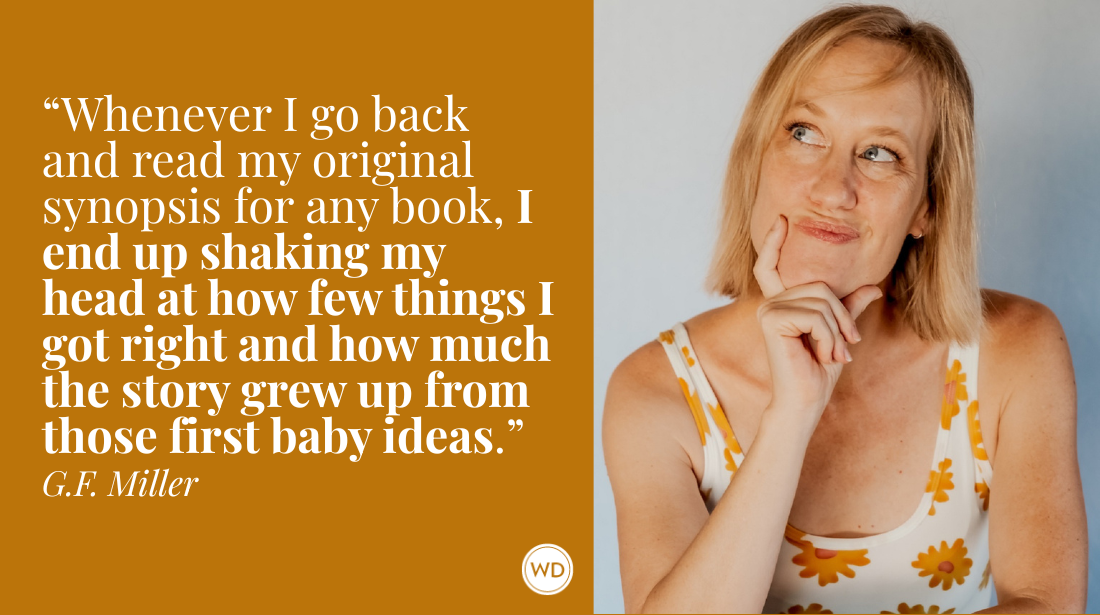How to Create Instantly (& Instinctively) Recognizable Characters
Meeting characters in a novel is very much like meeting people in real life. When we start reading a book, it’s as if we moved to a new town and…
Meeting characters in a novel is very much like meeting people in real life. When we start reading a book, it’s as if we moved to a new town and were meeting a whole bunch of new people at the same time. Your job as a writer is to create that town and populate it with characters that live their lives before our eyes.
This guest blog is written by Helga Schier, PhD, former Big Five editor and founder of withpenandpaper.com, an independent editorial services firm. With over 20 years of experience in the (self-)publishing industry, Helga guides authors through the development and revision process. Handling a manuscript like a diamond in the rough, Helga’s editorial work focuses on the refinement of story, character, and stylistic issues, helping writers unlock the potential of their manuscripts. She works with published, self-published, and not-yet-published writers of fiction and non-fiction. Helga has published essayistic works on contemporary English and American fiction, and has translated several screenplays, memoirs, and a novel series. She lives in Los Angeles with her husband and two children. For more information, visit withpenandpaper.com. For a sneak peek at her online tutorial, see the bottom of this article.
First Impressions
Whether we like or dislike a character in a novel depends as much on first impressions as it does when we meet a new neighbor or a new colleague—the way people look, what they say or don’t say in that first conversation, whether they have a strong handshake, order a second drink, or laugh to much or too little or not at all. In real life, it takes a while until we get to peek behind an often well-guarded façade. By the time we hear about a person’s childhood, relationship trouble or otherwise relevant background, we’ve known them for a while and have already formed an image of them in our minds. Of course, once we find out more about them, we may change our minds and like a person more—or less. Some people grow on us, and others, well, they don't.
Rounded Characters
As a writer, you want to create rounded characters, complete with a psychological make-up, with a past, with hopes for the future, fears and worries, with a favorite food and pet peeves, with idiosyncrasies, and, most importantly, with a motivation or a reason for why they are doing or saying whatever it is they are doing or saying. [Like this quote? Click here to Tweet and share it!] In short, you want them to be unique, and not only that, you also want them to be memorable. How do you do that, given you don't have years to develop a relationship between your characters and your readers?
One way—there are more, so check out my Writers Digest tutorial on Creating Compelling Characters in Six Simple Steps—is to create instantly and instinctively recognizable characters.
What does that mean?
Instant Implications
Imagine that one of your characters is the President of the United States.
The simple fact that the character is the President will instantly conjure up ideas in your readers’ minds. These ideas may be formed by real-life presidents, or they may be formed by the qualities your readers connect with the office, such as power, or responsibility, or even a specific political platform like Lincoln’s bid to end slavery.
Now, how do you steer these preconceived ideas to create the one and only and very unique President in your novel.
Imagine this:
In one of your scenes, your President is sitting in the Oval Office, poring over papers. He is alone. Suddenly someone knocks at the door. A quick glance at his watch tells him that it is time for his 10 o’clock meeting. The President knows that within a few seconds, he’ll have to face the Speaker of the House, his arch enemy, who for political or personal reasons is intent on bringing him down.
Now imagine that your President is chewing gum.
What does he do in the split second between the knock on the door and the entry of his enemy? Does he swallow the gum? Does he take it out and throw it in the waste paper basket behind him? Does he take it out and stick it under his desk, where plenty of other gum is stuck already? Or does he keep chewing?
Instinctive Connotations
You can choose any of these four possibilities, but whichever one you do choose will define your President’s personality. Not everyone will have the same connotations with these four different behaviors, but everyone will have some connotation—automatically and unconsciously, without thinking or analyzing, perhaps even without noticing—instinctively and instantly.
To me, a person who sticks his gum under the table seems a bit mischievous, like a person who still has a lot of boy in him. A person who throws the gum in the waste paper basket, on the other hand, does the right thing, likes order and cleanliness. A person who swallows the gum is someone who thinks he has done something inappropriate, yet is not ready to stand by it. Such a person is not strong or self-assured. For if he was, he’d keep chewing the gum. So, the person who chews the gum even though his archenemy will notice, seems like someone who is sure of himself, a leader who does not care what others think of him, because nothing will affect his natural authority.
Different Actions May Speak Differently to Different People
Your readers may have different connotations with these simple actions, but, first of all, this is how it is in real life—our actions speak differently to different people. And secondly, together with the many other quirks and habits, actions and reactions, background details, and relationships you will show us in other scenes throughout your novel, the fully developed personality of your very own President will emerge. Perhaps he also has a strong handshake and a winning smile, which shows his disarming personality. Perhaps he speaks in overbearing tones and long sentences, which reflects his domineering qualities. Perhaps he never says anything before casting a glance at his communications director, which reveals his insecurities—insecurities he may be able to overcome, when a crisis demands a strong leader.
Whoever your very own president may be, show us, and do so with more than one strategy: use his appearance as a metaphor; develop his unique voice; give him a background story that reveals itself in bits and pieces, allowing us an ever deeper look into his soul; add an insecurity or weak spot or two; place him in situations that force him to act and interact in unexpected ways; and finally give him a chance to change and develop and grow. That way your readers will get to know him, slowly and naturally, as if they’d live in the same town.
Other writing/publishing articles & links for you:
- Here are 10 questions you need to ask your characters.
- How to create an effective synopsis for your novel or memoir.
- Chapter 1 cliches and overused beginnings -- see them all here.
- Here are 7 reasons writing a novel makes you awesome.
- New Agent Alerts: Click here to find agents who are currently seeking writers.
- Download a year's worth of writing prompts right here.
WANT MORE? Check out Helga’s Writers Digest online tutorial:
Creating Compelling Characters in Six Simple Steps.
Watch the sneak peek above and then order here.
Thanks for visiting The Writer's Dig blog. For more great writing advice, click here.
Brian A. Klems is the editor of this blog, online editor of Writer's Digest and author of the popular gift bookOh Boy, You're Having a Girl: A Dad's Survival Guide to Raising Daughters.
Follow Brian on Twitter: @BrianKlems
Sign up for Brian's free Writer's Digest eNewsletter: WD Newsletter








